- Stone Center
- Blog
Natural Stone Veneer vs. Manufactured Stone Veneer: Which One Should You Choose?
27/10/2025
11/25/2021
Natural Stone Veneer vs. Manufactured Stone Veneer: Which One Should You Choose?
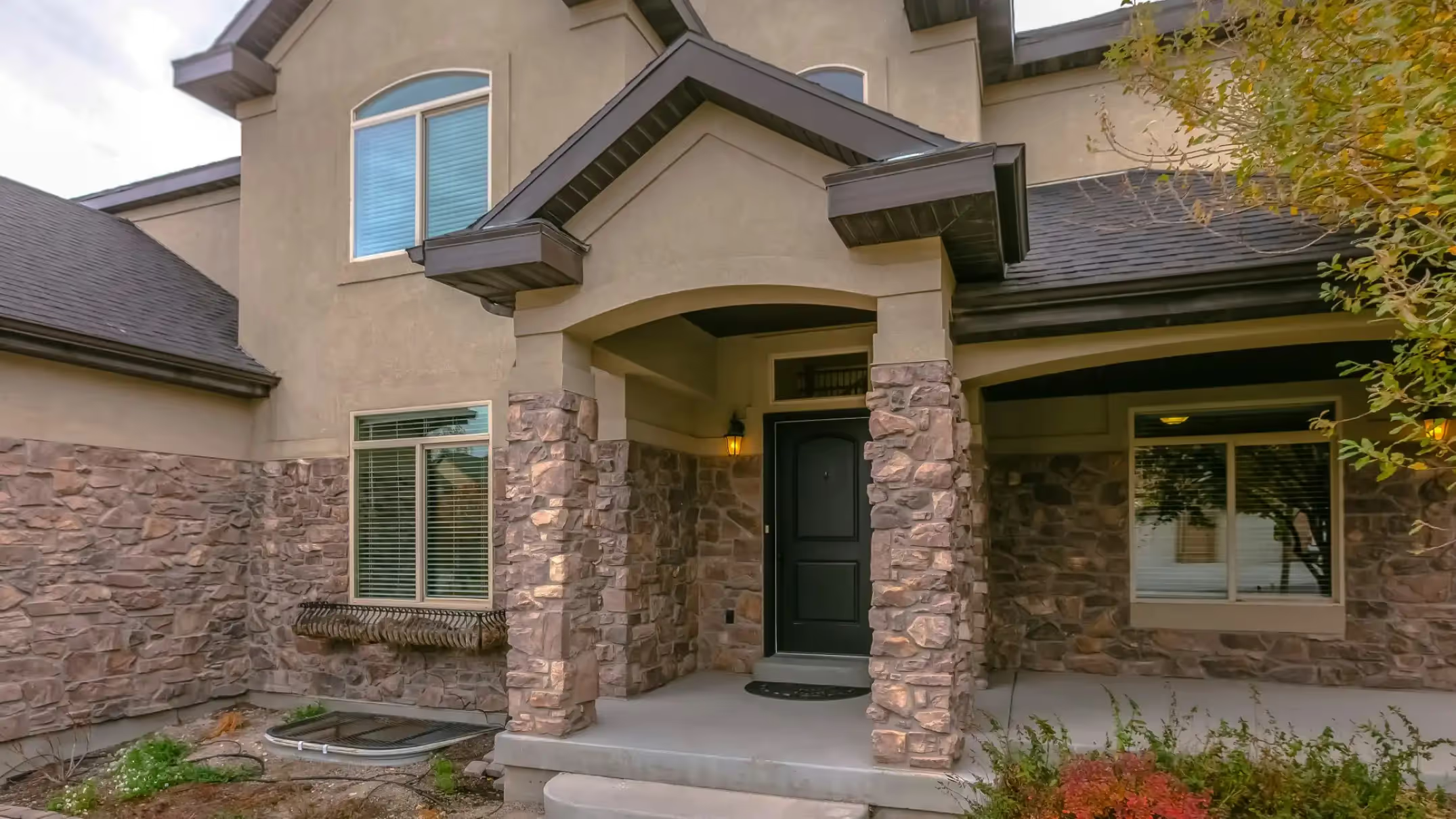
Natural stone and manufactured cultured stone are the two most popular stone veneers on the market. Both options offer beautiful ways to enhance your walls, fireplaces, and architectural details, but they differ significantly in cost, durability, and appearance. Understanding these key differences will help you make an informed decision that aligns with your budget, aesthetic goals, and long-term expectations.

What Is Natural Stone Veneer?
Natural stone veneer is made from real, quarried stone that’s sliced into thin pieces or otherwise cut to fit the needs of your design. You may be wondering, is stone veneer real stone? When it comes to natural stone veneer, the answer is absolutely yes — this thin stone veneer maintains all the authentic properties of full-thickness stone. It was the only real option for these types of landscaping projects until about 60 years ago, when cultured stone was first manufactured.
Pros include:
- Authentic, natural appearance
- Excellent durability and weather resistance
- Long-lasting with minimal maintenance
Cons include:
- Higher material and installation costs
- Heavier weight requires structural support
- More complex, labor-intensive installation
What Is Cultured Stone Veneer?
So, what is cultured stone (or manufactured stone veneer)? Cultured stone is a man-made product that is created and designed to echo natural stone in appearance, but is lighter and therefore easier to install. Its ingredients are concrete and aggregate materials pressed into molds. The manufacturing process utilizes specialized textured molds to create manufactured stone products that resemble natural stone while offering different installation advantages.

Pros include:
- Lightweight and easier to install
- More affordable than natural stone
- Available in a wide range of colors and styles
Cons include:
- Less durable than real stone over time
- Can fade or discolor with sun and weather exposure
- May look repetitive or less authentic up close
What Is the Difference in Cost?
The cost of natural stone veneer vs manufactured stone veneer is not as simple as it seems. You might think that cultured stone is the cheaper option of these two stone veneers, but that is not entirely true. Though their installation costs are similar, and cultured stone might seem like the less expensive option at first, natural stone is the more affordable choice in the long run.
Even as the price gap narrows, natural stone still delivers superior durability and authenticity. According to the JLC Cost vs. Value Report 2024, manufactured stone veneer recoups 153% at resale, making the potential ROI on real stone could be even higher.
Key Differences Between Stone Veneer: Natural vs. Manufactured
When choosing between natural and manufactured stone veneer, key differences in performance and appearance can impact your project’s outcome. Knowing these differences helps you make the right long-term choice.
Which One Looks Better?
If you're looking for a better-looking option for your design, a real stone exterior is your first choice. Natural stone is undeniably beautiful, with a natural, appealing texture you can't help but reach out and touch. No two stones are exactly the same, so your walls won't have a repetitive pattern.
Cultured stones are designed to mimic natural stones using paints and stains. Though generally a good imitation, cultured stones' paint will fade with time and exposure to sunlight and other elements. However, because they are man-made, there is a greater selection of colors and styles to choose from.
How Durable Are Natural and Manufactured Stone Veneers?
When comparing real stone vs. faux stone, longevity and durability are key. Natural stone is exceptionally durable due to its dense composition and natural resistance to harsh chemicals, extreme weather conditions, and normal wear patterns.
Manufactured stone veneer generally provides good durability for most applications, but may show different wear patterns over time, including potential fading of surface colors when exposed to environmental elements.
How Hard Is the Installation Process?
Ease of installation is the greatest advantage of using a cultured stone veneer, primarily due to its weight and density. Manufactured stone is lighter, easier to cut, easier to handle, and can be fixed to a greater variety of substrates, even drywall. Cultured, manufactured stone is better than natural stone for a do-it-yourself installation.
Natural stone, however, can only be directly installed on porous stone, concrete, or block. If you're fixing it to a smooth surface, metal lath and scratch coat are required to allow thin sheets to grip properly. Using real stone for walls is also more challenging because natural stone is denser and therefore more difficult to cut than cultured stone.
How Weight and Size Are Different?
The weight difference between the stones is very pronounced, as cultured stone weighs about half as much as natural stone, which weighs in at about 13 lbs per square foot. In terms of size, usually, the full-dimension cultured stone begins at about 2 inches thick and can increase to about 6-8 inches thick. Though varied, these cultured stone faces can go up to 14 inches in diameter. Some people opt for thin stone veneer, a sub-category in which cultured stone ranges from 1 inch to 2 inches thick. Natural stone is less varied in size, with a minimum thickness of ¾ of an inch and a maximum thickness of 1½ inches.
How Much Maintenance Do Stone Veneers Need?
Unlike cultured stone, natural stone veneer is not painted and therefore retains its color better. Natural stone veneer is also versatile enough to always work flawlessly with any future landscaping work and designs you could implement over the years, so you won’t need to change it later. The low-maintenance characteristics of natural stone make it particularly suitable for applications where long-term performance is essential.
Manufactured cultured stone requires more careful maintenance because it can't handle pressure washing or scrubbing and is often vulnerable to harsh chemicals and environmental exposure.
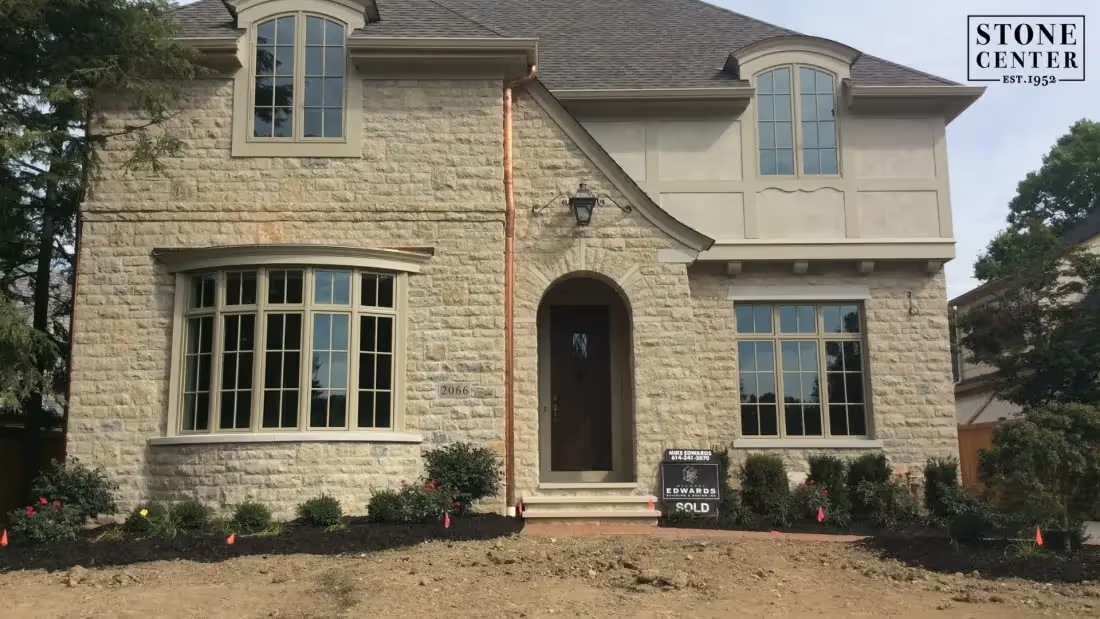
Applications: Where Each Material Works Best
Both natural stone veneer and cultured stone shine in different settings depending on your project's goals. Here's where each type delivers the best results in terms of performance, aesthetics, and practicality.
Natural Stone Veneer Applications
Natural stone veneer excels in applications where authenticity, durability, and long-term performance are essential:
- Exterior walls & facades: Great for weather resistance and curb appeal.
- Architectural accents: Ideal for columns, window trims, and details.
- Commercial buildings: Preferred for durability and upscale appearance.
- Fireplaces & feature walls: Heat-resistant with timeless style.
Manufactured Stone Veneer Applications
Cultured stone works exceptionally well in applications where cost-effectiveness and installation flexibility offer advantages:
- Interior features: Perfect for accent walls and low-wear areas.
- Large surfaces: Offers consistent color and texture.
- Budget builds: Cost-effective for price-sensitive projects.
- DIY-friendly: Lightweight and easier to install.
Explore our extensive portfolio showcasing both natural and manufactured stone veneer installations:
#gallery_start

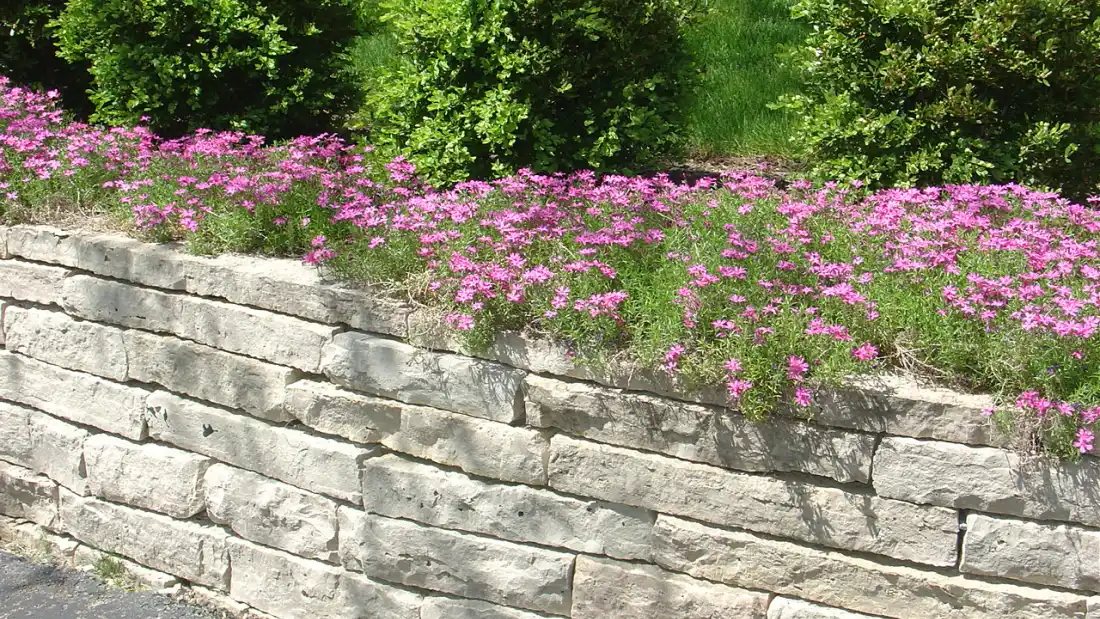
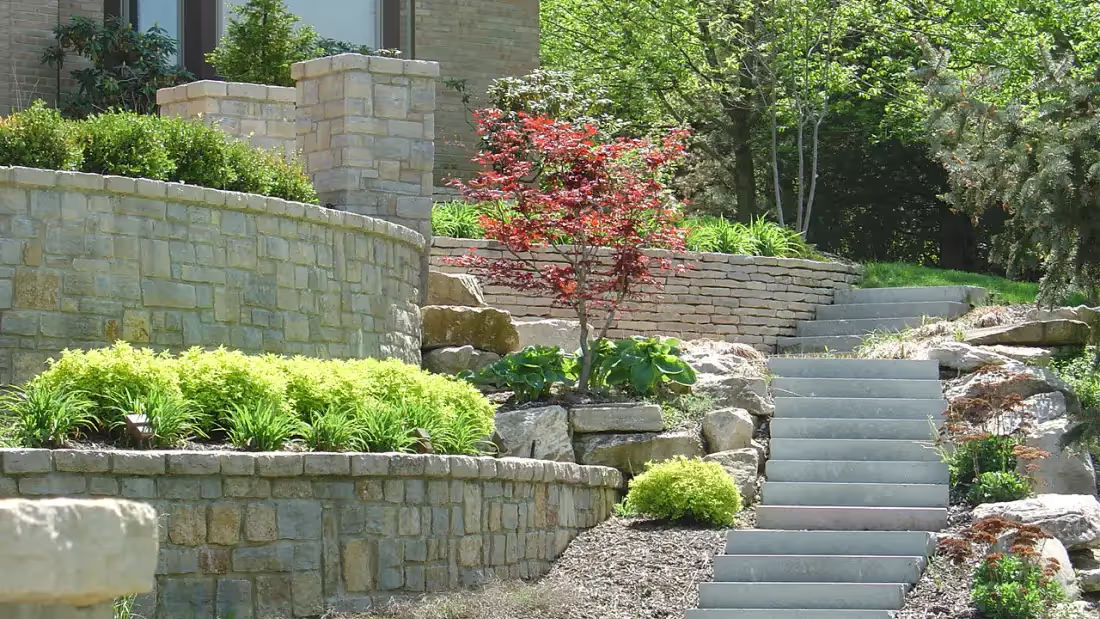


#gallery_end
Choosing the Right Stone Veneer: Quick Guide
There’s no right or wrong answer. The decision between cultured stone and natural stone veneer ultimately depends on your specific project requirements, budget considerations, and long-term performance expectations.
- Prioritizing natural look and longevity? → Choose natural stone veneer.
- Need a more budget-friendly option? → Go with manufactured stone veneer.
- Installing on an exterior wall exposed to weather? → Choose natural stone.
- Planning a DIY or lightweight install? → Choose manufactured stone.
- Blending with natural landscape elements? → Choose natural stone.
- Looking for consistent colors and patterns? → Choose manufactured stone.
Choose natural stone for lasting beauty and durability, or manufactured stone for affordability and easy installation. As always, pick what fits your project best.
Still Deciding Between Natural and Cultured Stone?
So, what's the final verdict on the cultured stone vs natural stone debate? Manufactured stones have a tendency to fade and lose color with time. They are also lighter, which is a pro because they're easier to install, but also a con because it makes them less durable. Natural stone has a more authentic look, with varied colors and patterns that are naturally occurring. They are more affordable in the long run, as they require less maintenance and do not need to be replaced due to deterioration.
If you're still unsure which stone is the best choice for you and your project, Stone Center's expertise in both natural and manufactured stone veneer ensures you receive professional guidance tailored to your project’s unique requirements. Contact us for a consultation and quote. We can help you find the right stones to make your vision come to life!
FAQ
.avif)
Jon, the owner of Stone Center, is a knowledgeable expert in natural stone products, specializing in various types of stone for landscaping and architectural projects. Passionate about promoting the beauty and versatility of natural stone, Jon aims to use these blogs to inspire readers with creative ideas to upgrade their homes.
How much does it cost to get a stone restored?
How much you end up spending to restore stone varies on the type of stone, the technique, and the stone’s current condition. Stone in good condition will cost less to restore, whereas stone that has a lot of wear and tear may require a longer restoration.





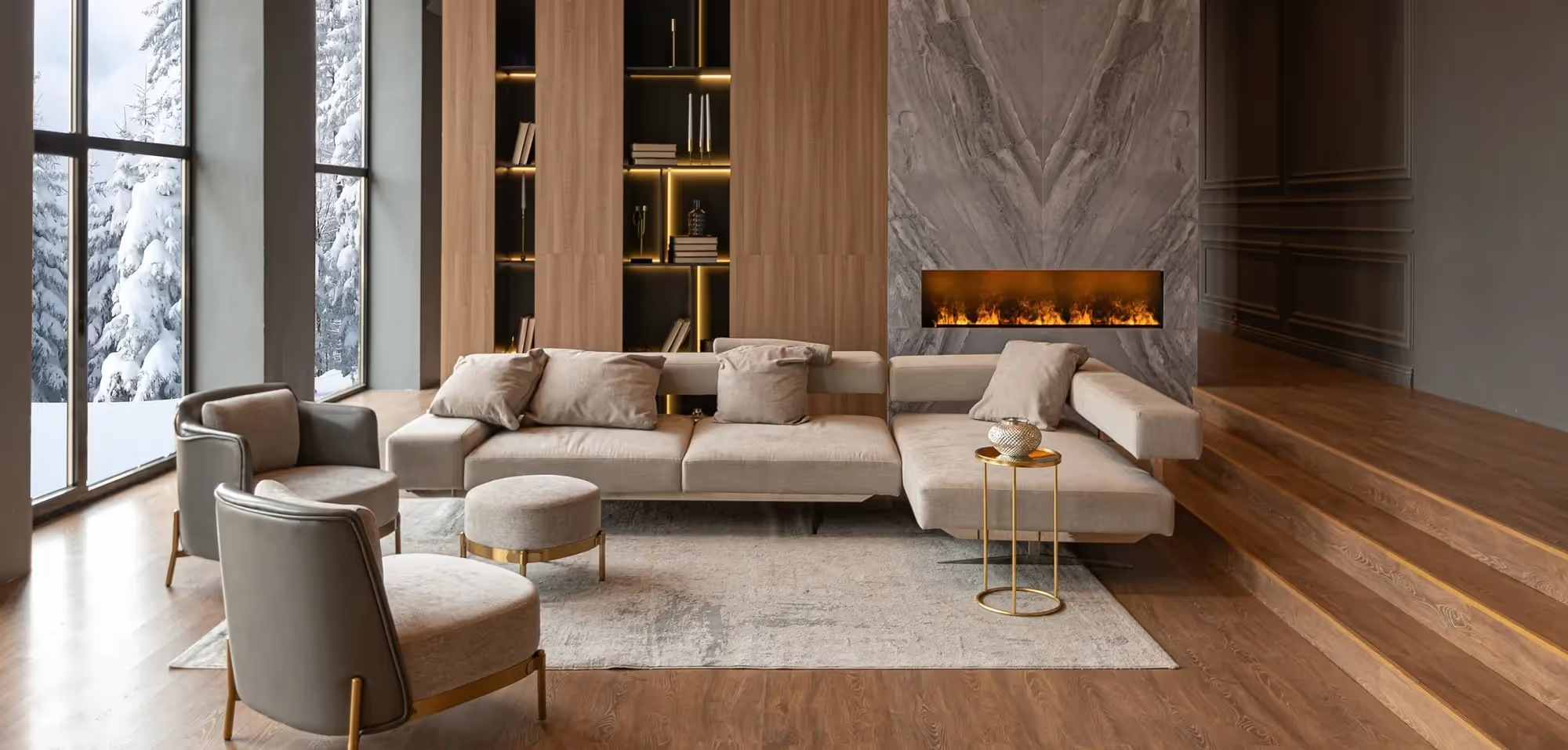

.avif)
.avif)
.avif)
%20(1).avif)
.avif)
